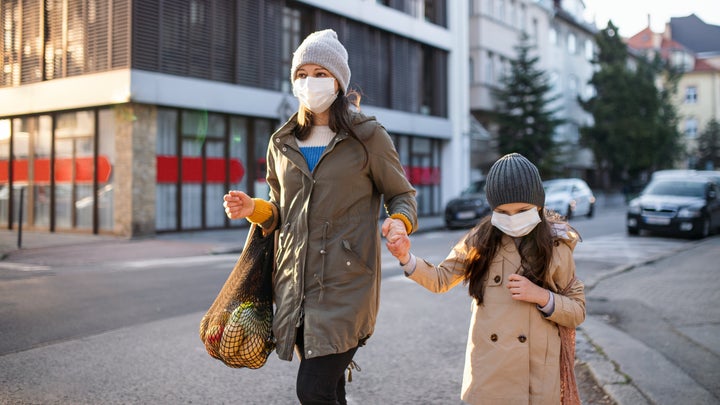
Now that the COVID-19 pandemic has loosened its grip a bit on the United States, it is easy to forget just how devastating the past year was for millions of mothers in this country — and elsewhere.
But a new report from the Center for Global Development, a nonprofit think tank, estimates that around the world, working-age women put in an average of 173 hours of additional unpaid child care through October of last year — nearly three times what men put in.
That’s on top of the unpaid child care women already disproportionately do. In a typical, nonpandemic year, women around the world spend about 4.5 trillion hours on child care, compared to about 1.4 trillion hours put in by men, according a press release accompanying the report.
“We knew there was a gap, but the immense inequality on who is providing unpaid care is staggering,” said Charles Kenny, a senior fellow at the Center for Global Development, said in a statement. “Unpaid care burdens continue to pile up for women.”
Although the new report showed there was a particular burden on mothers in low- and middle-income countries, there is ample evidence that women in the U.S. were hammered by the relentless demands of working and providing full-time child care as day cares and schools shuttered.
U.S. Census Bureau data suggests that last winter — at the one of the worst moments of the pandemic in the U.S. — there were 1.4 million more women with school-age children not working than one year prior.
“Working mothers are either willingly leaving jobs or are being forced out in extraordinary numbers,” the bureau warned. “Mothers’ V-shaped employment patterns are becoming prolonged and more severe in this global crisis.”
Research also suggests that all of this has had a significant impact on women’s emotional well-being. Depression and anxiety in mothers increased, and some estimates suggested that nearly 10 million women across the U.S. were suffering from workplace burnout last year.
As schools and child care centers continue to reopen, some of the extra pressure put on moms over the past year will recede, though experts argue this is the moment for systemic change. Inadequate access to affordable child care not only means many women are stretched to their breaking point or pushed out of the workforce; it also has an impact on children around the globe. An estimated 35 million kids under the age of 5 are left alone for stretches of time because of the pressure on parents to work, and because they lack child care options, according to UNICEF.
The authors of the new report warn that the consequences of this extra burden on mothers, aunts and sisters who stepped in to provide extra child care will outlive school reopenings. Women cannot necessarily just jump back into the workforce. And the emotional toll of that extra stress and pressure is real.
Governments around the world “should invest in affordable, accessible, and quality childcare solutions at a similar level to investments in other essential infrastructure that enables job creation and economic development,” Kenny said in a press release.
“Otherwise,” he continued, “we are limiting the potential and opportunities of caregivers worldwide, who are disproportionately women and girls.”